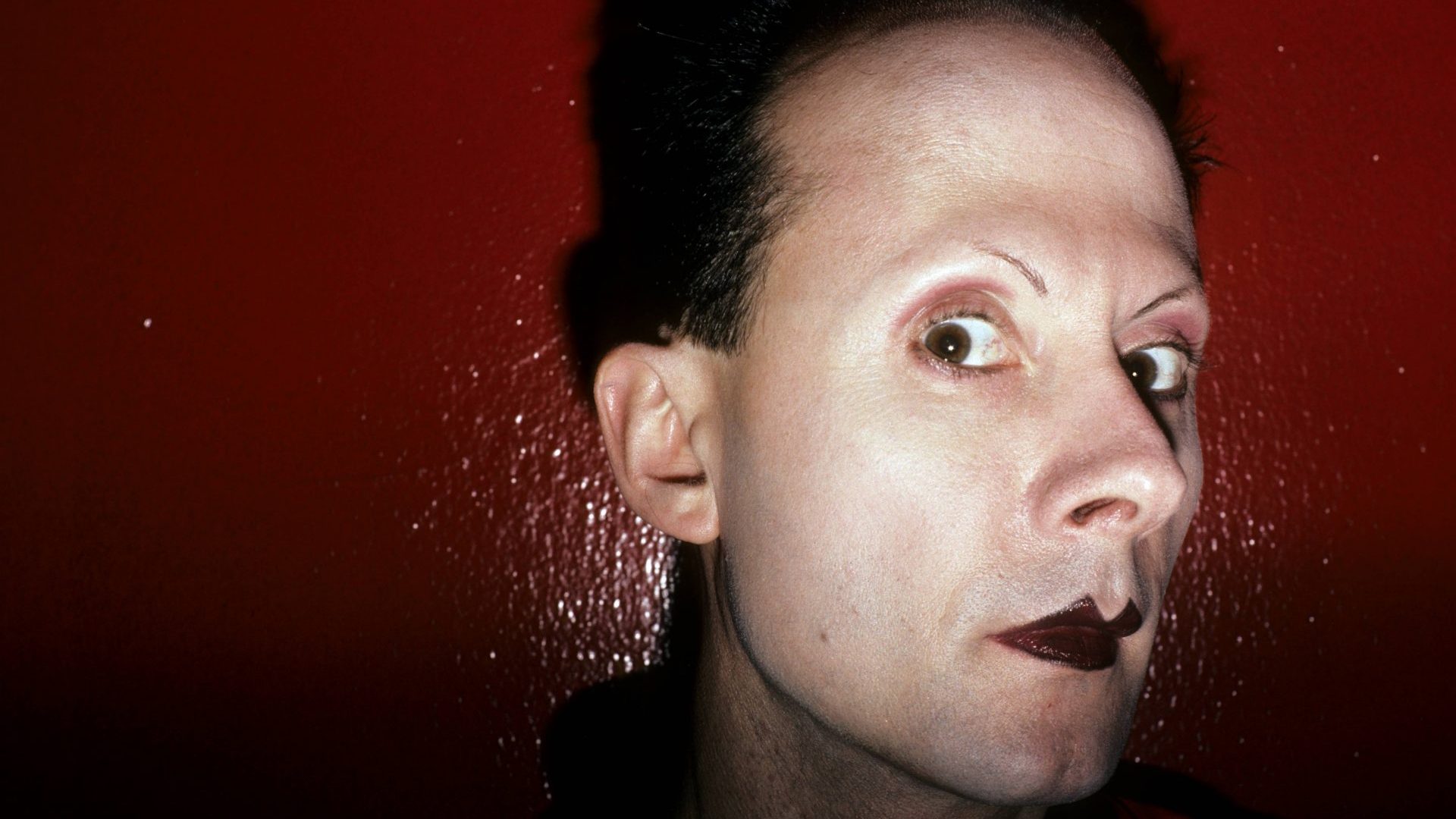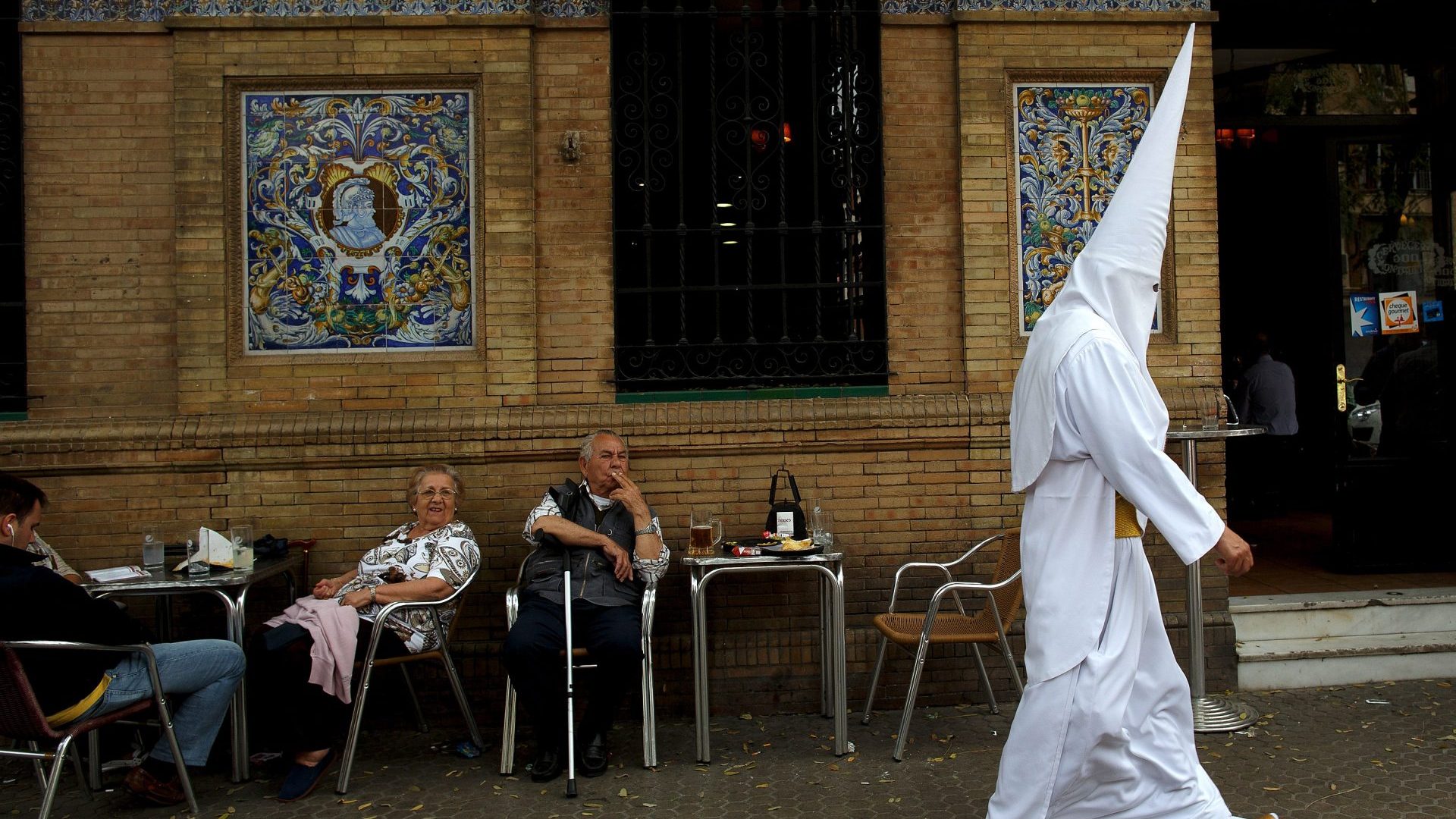The outsider is in. Today’s pop landscape is dominated by misfits who have remade themselves according to their own will. Montero Hill, a skinny bedroom DJ from the Atlanta projects, has been reincarnated as Lil Nas X, a buff and flamboyant pop titan. Stefani Germanotta, a strong-featured, 5ft 2in high-school loner became Lady Gaga, a star who has redefined what pop iconicity means. Melissa Jefferson, a classically trained flautist and black plus-size woman has been transfigured as Lizzo, an idol whose relevance cuts through the cultural to the social and the political, bullying claims or not.
Klaus Sperber trod that same path of metamorphosis more than four decades ago. Born a few months before the end of the second world war in the far south of Bavaria, Sperber had the rare gift of a countertenor voice. But while Sperber shared both his soprano pitch and his birthday with the 18th-century castrato Farinelli, the contemporary opera repertoire offered few opportunities to countertenors.
And so he remade himself. As Klaus Nomi – a name taken from sci-fi magazine Omni – he became an otherworldly figure, monochrome from head to toe, singing operatic arias in such a preternaturally high register that audiences assumed he was lip-synching.
Now, last month’s 40th anniversary of Nomi’s death has brought the reissue of his slim back catalogue, where he fused the worlds of his two childhood idols, Elvis and Maria Callas, to invent a crossover sound melding synthpop, disco, new wave and opera. These records are an encounter with a true original of European pop music.
Klaus Nomi’s grand debut made an indelible impression on all who saw it. Approaching the microphone at the avant-garde New Wave Vaudeville show in Manhattan in 1978, he was ghostly white, his features impossibly angular, his body clad in PVC. With heartbreaking beauty, Nomi sang Mon cœur s’ouvre à ta voix, the aria from Camille Saint-Saëns’s Samson and Delilah, before retreating into a cloud of smoke and strobe lights. “It was like he was from a different planet and his parents were calling him home,” close friend Joey Arias later recalled. Collaborator Page Wood would dub it “Grand opera meets Buck Rogers”, and one thing was clear – Nomi was a fully formed icon-in-waiting.
It had been a long path to becoming that icon. When he arrived in New York in 1972, Nomi took menial jobs before eventually making a living as a pastry chef. The city was then a post-Warhol artistic melting pot, and he appeared in Charles Ludlam’s Ridiculous Theatrical Company production of Das Rheingold before finding that New York’s tight-knit East Village No Wave scene offered him an opportunity for performance. In this fertile creative environment, one that also spawned the likes of Keith Haring and Jean-Michel Basquiat, Nomi was able to take a leap into a different age, anticipating both the futurist look of the 1980s and the dominance of synthpop in that decade.
While Nomi’s place in the pop pantheon is clear in retrospect, at the time it was not at all obvious how his act could go any further. Enter Kristian Hoffman of the Mumps, a punk act of the CBGB stable. Hoffman set about assembling a band and writing tailor-made songs for Nomi that integrated his operatic voice into pop and rock sounds. He also made suggestions for songs Nomi might cover as he built up a repertoire, with Lou Christie’s 1966 pop hit Lightning Strikes being an early suggestion. Its bombastic heteronormativity would be utterly subverted in the hands of the wholly anti-masculine Nomi.
After an initial show with his new band at Max’s Kansas City in early 1979, performances at other New York counterculture venues like the Mudd Club followed, and soon Nomi was noticed by the press. The alternative paper SoHo News suggested that he was “a creature of any state, sex or sensibility you choose” and “a tragic slip in Mother Nature’s busy assembly line” (Nomi would say enthusiastically of the latter description: “I hope it’s true!”). A New York Times review likened him to Kraftwerk and Devo, while describing the singer as “some cross between a Star Trek crew member, a Nazi and a Weimar Republic transvestite”. The reviewer made the mistake of assuming the aria from Massenet’s Manon that Nomi sang was a recording.
Nomi’s big break came late in December 1979. Ever keen to unearth the next hippest thing, David Bowie had met Nomi at the Mudd Club and invited him to appear as a backing singer for a performance on Saturday Night Live. Nomi, all in black, appeared alongside Joey Arias, all in red, and as their android-like demeanour seemed to drain them of all humanity, it was clear that Bowie benefited from the reflected glory of these eye-popping characters even more than they did from standing on his stage. Despite performing in a coffin-like tuxedo based on a design by French artist Sonia Delaunay for Romanian Dadaist Tristan Tzara, an air hostess-chic Thierry Mugler skirt suit, and then against a green screen so that his body seemed replaced by an odd little puppet, Bowie looked boringly normal compared with Nomi and Arias.
After the show, Bowie told Nomi he would be in touch. He never called, instead recruiting Steve Strange and others from London’s Blitz club – characters cut from the same cloth as Nomi – to appear in his Ashes to Ashes video the following year. But the SNL performance gave Nomi two things – the inspiration to commission his own plastic tuxedo from the Brooks-Van Horn Costume Company that had made Bowie’s costume, and a connection to his record company, RCA, which signed him. Klaus Nomi, the master stage performer, was now a recording artist.
Nomi’s two studio albums were strange beasts. The Michael Halsband cover photo of his 1981 eponymous debut, showing Nomi in his tuxedo in soft-focus black and white, uncannily fused the vintage and the futuristic, and his self-penned opening track, Keys of Life, promised something just as ethereal musically. But the album was overly eclectic. Its offbeat covers, including The Twist and Lesley Gore’s You Don’t Own Me, jarred against the original songs, among them Hoffman’s Nomi Song, which announced his outsider status (“If they saw my face/ Could I still take a bow?”), and electronic pioneer Man Parrish’s disturbing soundscape Nomi Chant. But it was the Samson and Delilah aria, as well as The Cold Song, based on Purcell’s What Power Art Thou?, where Nomi sang in an agonisingly drawn-out staccato, that were the LP’s best moments.
It was principally the French, accustomed to transgressive cabaret, who had the stomach for this uncategorisable album from an uncategorisable artist. The French press went wild for this “futuristic clown”, and when he appeared at Le Palace club in Paris, the haunt of the European creative glitterati, he was welcomed as one of their own. The album went triple gold in France and a year later a second LP, Simple Man, was released. As eclectic as his debut, the LP’s four tracks based on Purcell and works by Renaissance composer John Dowland, backed with synth-washed aural landscapes of alienation, were its strongest suit. Meanwhile, Nomi’s take on Marlene Dietrich’s Falling in Love Again came with a slick, Duran Duran-esque video full of models sexing it up – clear evidence of the record company’s faith in him as a commercial prospect.
But Nomi’s records never lived up to the proposition of his live act, and nowhere was the power of that act more apparent than in one of his last performances. He was already unwell when he performed at Eberhard Schoener’s Classic Rock Night in Munich towards the end of 1982. He would die of an Aids-related illness in a New York hospital the following summer, and footage of his performance of The Cold Song that night, singing the lines “I can scarcely move or draw my breath/ Let me, let me freeze again to death”, is incredibly poignant.
While the 2004 documentary The Nomi Song rehabilitated Nomi from obscurity and spurred his past collaborators on to release his Za Bakdaz: The Unfinished Opera (2007), we are now in the midst of another Nomi renaissance. Sony’s Legacy offshoot reissued both studio albums, as well as a compilation and live album, earlier this year, also launching a new website and YouTube channel. Next month an album of remixes by the cream of French electronica, including Parisian synth-pop duo Agar Agar and Arnaud Rebotini from electroclash outfit Black Strobe, will reconfirm Nomi’s affinity with French creatives.
For an artist who had only a handful of years to secure his legacy, Nomi’s angular, tricorn-haired silhouette casts a long shadow, including directly inspiring some of those outsiders of today (see Lady Gaga’s wide-shouldered plastic jacket in the Telephone video just for starters). But the ultimate lesson Nomi taught was that, somewhat paradoxically, in carving out unique identities, we might find common ground. Interviewed for French TV the year before his death, a makeup-free and intensely mild-mannered Nomi explains why he chose his stage name: “It doesn’t really have a certain national taste, you know, it could be any nation, because I see myself as universal, not as German, American, French or whatever you want, because we are all on this planet, we’re all living on the Earth.”




